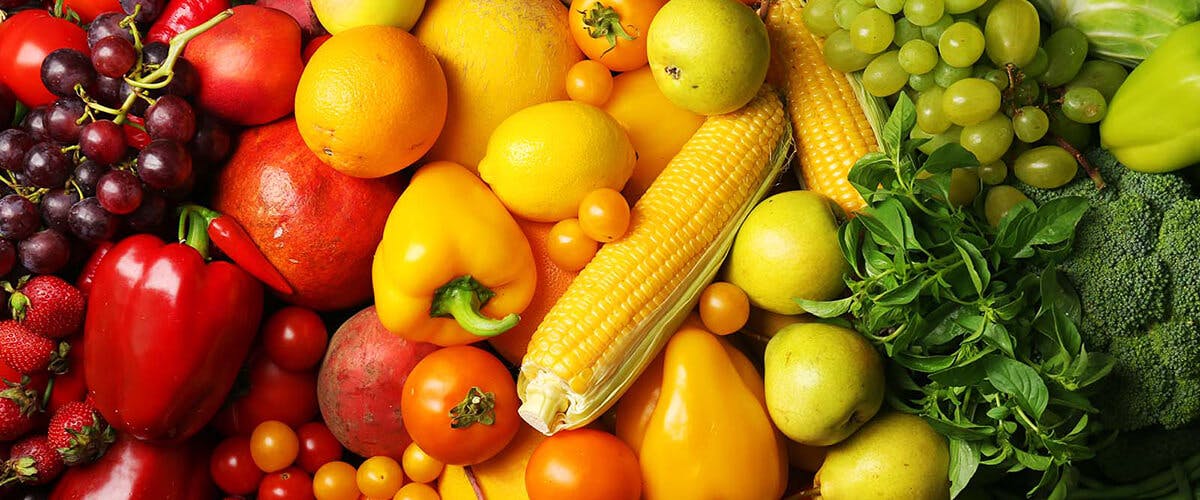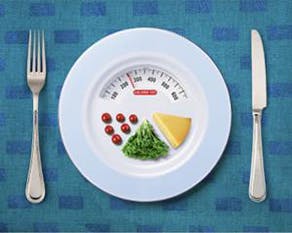Why Multivitamins Matter
FOOD & NUTRITION

Nearly half of all Americans take multivitamins. If you don’t take one regularly, and even if you do, you may not fully understand all that multivitamins do to support health.
The Role of Multivitamins
Health experts favor food for meeting vitamin and mineral needs. Dietary supplements, including multivitamins, are what the name implies, and are not substitutes for a balanced eating plan.
Eating according to dietary guidelines is the exception among Americans, not the rule, however.
According to the 2015 Dietary Guidelines for Americans (DGA), just 15% of Americans eat the minimum suggested three servings of whole grains daily; 59% consume enough vegetables; 42% get adequate fruits; and 52% include enough dairy foods in their diets. A shortfall of these and other nutrient-rich foods is why the DGA has designated several vitamins and minerals as “nutrients of concern” for adults and children living in the United States.
Who Benefits from Multivitamins
Everyone who doesn’t eat a balanced diet can benefit from taking a multivitamin. People who skimp on servings from one or more food groups, those following eating plans that eliminate certain foods, such as a gluten-free diet, women in their childbearing years, and everyone over 50 may be at risk for vitamin and mineral deficiencies. Multivitamins can fill gaps in nutrient intake that could result in chronic conditions including osteoporosis, birth defects, anemia, and nerve damage.
Here are some of the most common nutrient deficiencies that multivitamins can help correct:
Vitamin D: The Recommended Dietary Allowance for vitamin D, necessary to support bone health, is 600 International Units daily for adults under age 70 – the equivalent of six, eight-ounce glasses of fortified milk. People over the age of 70 need eight glasses of milk to satisfy the suggested intake of 800 IU of vitamin D daily.
Iron: Women of childbearing age routinely fail to consume adequate iron, according to the DGA. Iron is found in foods including meat, poultry, and fortified grains. Iron deficiency, the number one nutritional deficiency in the United States, is a chronic condition characterized by fatigue, headaches, and problems concentrating. (http://www.cdc.gov/nutrition/everyone/basics/vitamins/iron.html)
(http://www.nlm.nih.gov/medlineplus/ency/article/000584.htm)
• Folate/Folic Acid: Like iron, many women of childbearing age come up short for folate, a B vitamin that occurs naturally in plant foods including spinach, beans, and broccoli. Folate, and its synthetic cousin folic acid that’s added to grains and dietary supplements, helps prevent irreversible birth defects that occur very early in pregnancy. Experts advise women of childbearing age to consume 400 micrograms (ug) of folic acid daily from fortified foods and/or dietary supplements every day.
• Vitamin B12: Many people ages 50 and older are unable to absorb the vitamin B12 that occurs naturally in foods such as meat, seafood, and eggs. A vitamin B12 deficiency can lead to irreparable nerve damage. The synthetic form of vitamin B12, added to foods and to dietary supplements including multivitamins, is well absorbed by the body, which is why the DGA suggests getting most of your vitamin B12 from these sources after age 50.
The Bottom Line
Multivitamins offer an array of nutrients for good health. Think of multivitamins as a well-balanced, healthy lifestyle, and you will surely reap the benefits.
Recommended Articles
The 5 Best Foods That Will Help Supercharge Your Brain
Amidst our busy schedule, it's important to retain our focus and memory. Resting alone is not...
Iron deficiency is a lot more common than you would think. A recent survey by SATA CommHealth(i...
Mars vs Venus: Understanding the His and Hers of Nutritional Needs
Mars vs Venus: Understanding the His and Hers of Nutritional Gaps Although their DNAs are...






